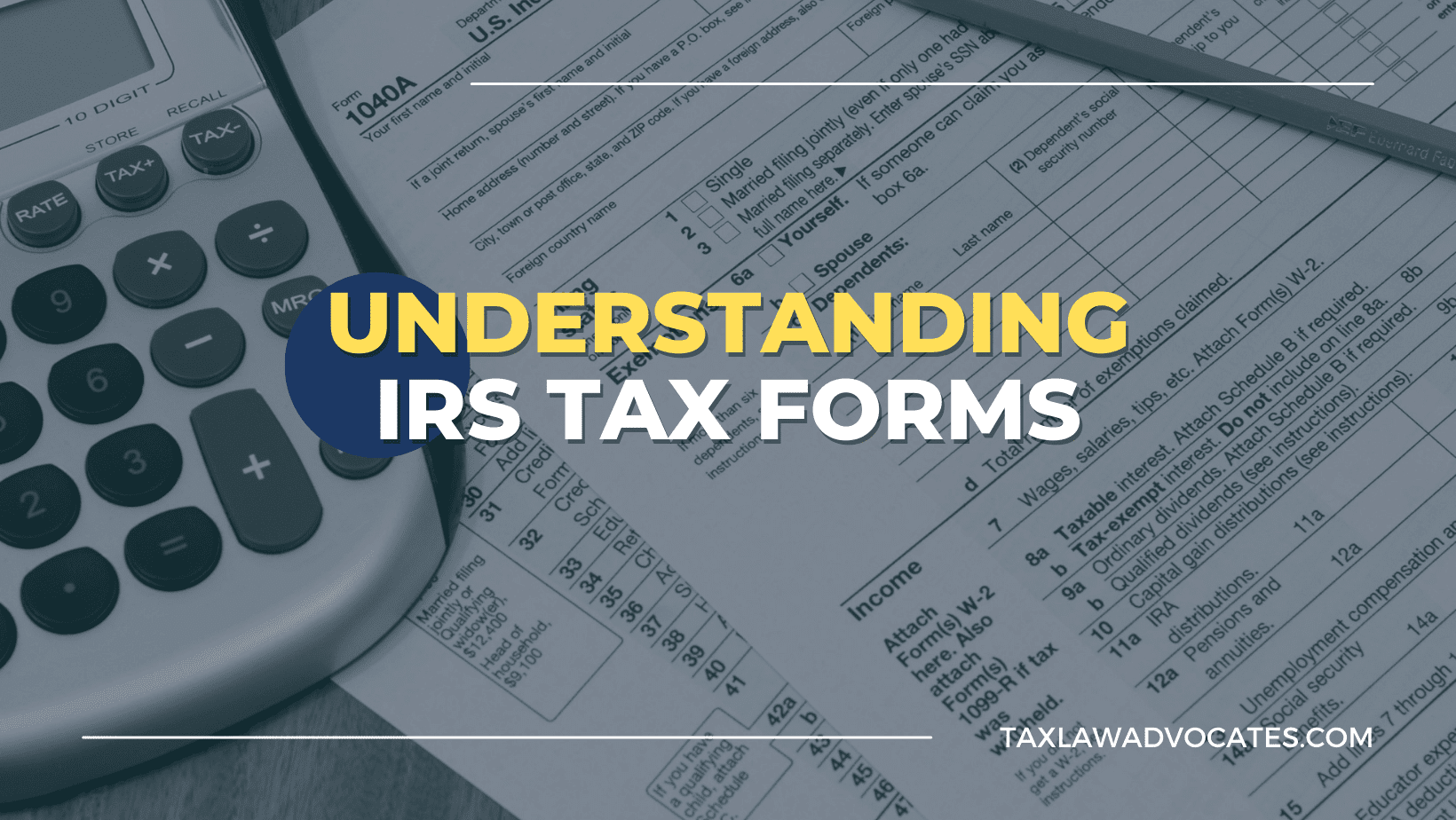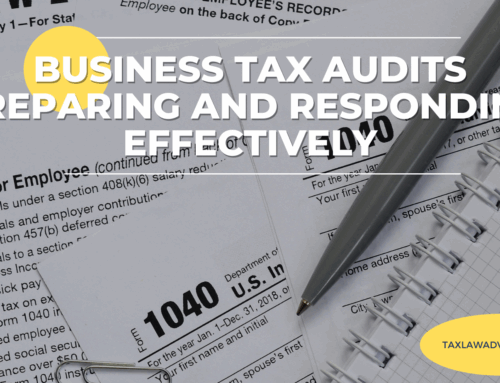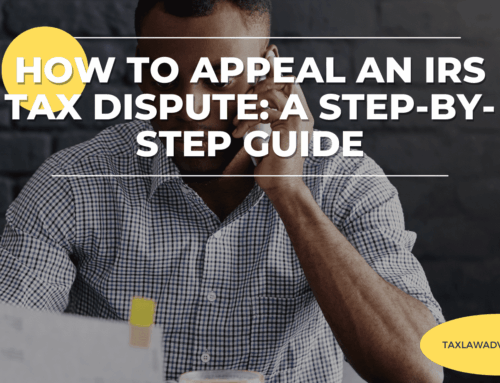IRS Form 8949 is a tax form used by the Internal Revenue Service (IRS) to report capital gains and losses from the sale or exchange of certain property. It is a crucial form for individuals who have sold stocks, bonds, real estate, or any other type of investment property during the tax year. In this blog, we will discuss who needs to file Form 8949, where to get it, how to fill it out, and answer some common questions related to this form.
Who Needs to File IRS Form 8949?
Form 8949 is required to be filed by individuals, trusts, estates, and S corporations that have sold or exchanged a capital asset during the tax year. A capital asset is any property that is not used in a trade or business, such as stocks, bonds, mutual funds, real estate, or any other type of investment property. If you have sold or exchanged a capital asset and made a profit, you must report the gain on your tax return, and Form 8949 is where you report the details of the transaction.
Where to Get IRS Form 8949?
You can obtain Form 8949 from the IRS website or from a tax professional. You can also download and print a copy of the form from the IRS website, or you can request a copy to be mailed to you by calling the IRS at 1-800-TAX-FORM (1-800-829-3676).
How to Fill Out IRS Form 8949?
Form 8949 is divided into two sections, with the first section being used to report transactions that were reported to the IRS on a Form 1099-B, and the second section is used to report transactions that were not reported on a Form 1099-B.
In the first section, you will need to provide the following information for each transaction:
- The date of sale or exchange
- The description of the property sold or exchanged
- The date acquired
- The cost or other basis of the property
- The sales price of the property
- The code for the type of transaction
- The name and address of the broker or other party involved in the transaction
In the second section, you will need to provide the same information as in the first section, but without the code for the type of transaction.
It is important to note that you must report all capital gains and losses, whether they are short-term (held for one year or less) or long-term (held for more than one year). Short-term gains are taxed as ordinary income, while long-term gains are taxed at a lower rate.
Common Questions About IRS Form 8949
What if I made a mistake on my Form 8949?
If you made a mistake on your Form 8949, you can correct it by filing an amended tax return using Form 1040X. The form must be filed within three years from the date you filed your original return or within two years from the date you paid the tax, whichever is later.
Do I need to attach Form 8949 to my tax return?
Yes, Form 8949 must be attached to your tax return, along with Schedule D, which summarizes the information from Form 8949.
Can I file Form 8949 electronically?
Yes, you can file Form 8949 electronically using tax preparation software or by using an online tax preparation service. Electronic filing is quick, convenient, and secure, and it also speeds up the processing time of your tax return
What if I don’t have all the information to complete Form 8949?
If you don’t have all the information to complete Form 8949, you should still file the form and attach it to your tax return. You can use your best estimate of the information required and provide as much detail as possible. If you need to make any changes to the form in the future, you can do so by filing an amended return using Form 1040X.
What happens if I don’t file Form 8949?
If you don’t file Form 8949, you may face penalties and interest charges from the IRS. Additionally, failure to report capital gains can also result in an audit, which can be time-consuming and stressful. It is important to report all capital gains and losses accurately and promptly to avoid any potential issues with the IRS.
Consult A Professional With Questions
In conclusion, IRS Form 8949 is a crucial form for individuals who have sold or exchanged capital assets during the tax year. It is used to report the details of the transaction and is required to be filed with the tax return. Understanding the requirements and guidelines for completing Form 8949 is essential to ensure that you are in compliance with tax laws and to avoid any potential penalties from the IRS. If you have any questions about Form 8949, it is best to consult with a tax professional or seek guidance from the IRS.
If you have questions about IRS payments or debt, particularly if this exceeds $10,000 in IRS debt, you should consider contacting one of our Tax Specialists today.






